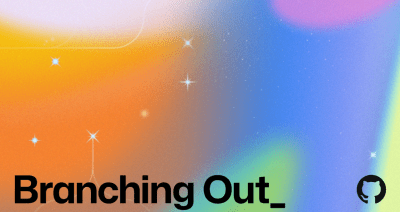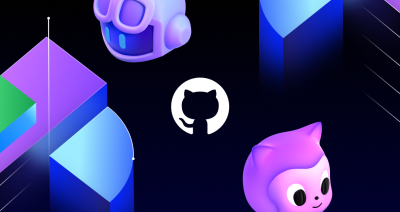GitHub Education: student-tested, peer-reviewed, and now published by the Association of Computing Machinery
Using GitHub in the classroom leads to learning outcomes like preparation for the future and feeling part of a developer community.

Many teachers use GitHub in the classroom to familiarize students with real-world workflows. And since 2012, about 21,000 teachers have used GitHub Education to provide an authentic learning experience. Anecdotally, we hear from teachers all the time that using GitHub boosts their student engagement, employability, even passing rates.
Now the data is in: our paper on how using GitHub in the classroom predicts positive learning outcomes was accepted for publication in the peer-reviewed SIGCSE (Special Interest Group on Computer Science Education) proceedings.
The paper, which is open-access, can be found on the Association of Computing Machinery’s (ACM) website:
I’m Vanessa (@mozzadrella), the General Manager of GitHub Education. We’ve supported SIGCSE since 2013, and this year I had the honor of presenting our data in February at the annual conference in Minneapolis.
Implications for Computer Science Education
More and more classrooms want to integrate real-world tools and workflows. Between this paper and some recent research from GitHub Education, we can offer a few key insights to help teachers use current tools more effectively:
- Using GitHub for classroom work predicts outcomes associated with collaboration, project management, and preparation for the future
- Students using GitHub in the classroom have a stronger sense of belonging in both the classroom and the wider developer community
- The more GitHub features a class used, the more beneficial learning outcomes increased
- Students who receive feedback via GitHub report that it’s more effective and helpful, and students feel understood by their teachers
- Early results from qualitative research indicate that students need 2-2.5 months to feel comfortable with GitHub, and many of them explore GitHub beyond what is required for classwork
Building on 7 years of GitHub in classrooms
Since 2012, GitHub Education has worked with schools, universities, and bootcamps around the world to help the next generation of developers make their best work.
From enriching liberal arts classrooms like Bard to get poets programming websites, to helping teachers automate their assessment at the Hasso-Plattner Institute in Germany, to students actually mapping crisis information for the American Red Cross in Japan, classrooms are using real-world tools and collaborative workflows to model 21st-century skills.
In June of last year, GitHub Education deepened our commitment to the next generation of developers by offering our product to entire schools at no cost.
Now over 100 schools—like the University of Southern California, Florida Tech, Ohio University, Texas State University, and the Sorbonne—use the same product our enterprise customers use, and they can provide it to their entire campus for free.
How to get GitHub at your school
If you’re curious about using GitHub for Education, we hope this information provides support to upgrade your campus.
Join these schools who use GitHub across their campus, who are saving time with setup and seeing better outcomes for their students.
Written by
Related posts

Why developer expertise matters more than ever in the age of AI
AI can help you code faster, but knowing why the code works—and sharpening your human-in-the-loop skills—is what makes you a great developer.

How to create issues and pull requests in record time on GitHub
Learn how to spin up a GitHub Issue, hand it to Copilot, and get a draft pull request in the same workflow you already know.

The difference between coding agent and agent mode in GitHub Copilot
We’ll decode these two tools—and show you how to use them both to work more efficiently.


